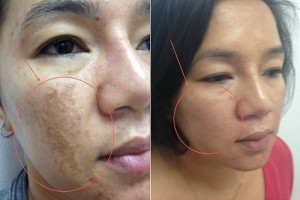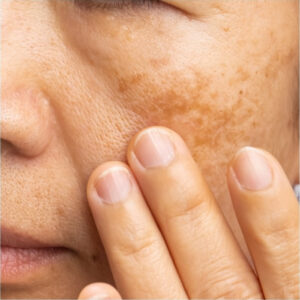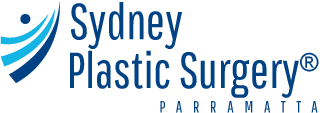 Are you struggling with stubborn melasma that just won’t fade away? Try the innovative combined treatment approach using ND YAG and Fractional CO2 lasers at Sydney Plastic Surgery. Melasma, a common skin condition characterized by dark patches on the face, can be challenging to treat, but with our advanced laser technology and expertise, we can help you achieve clearer, more even-toned skin.
Are you struggling with stubborn melasma that just won’t fade away? Try the innovative combined treatment approach using ND YAG and Fractional CO2 lasers at Sydney Plastic Surgery. Melasma, a common skin condition characterized by dark patches on the face, can be challenging to treat, but with our advanced laser technology and expertise, we can help you achieve clearer, more even-toned skin.
Melasma is a complex skin condition characterized by brown or grayish patches, typically appearing on the face, particularly on the cheeks, forehead, upper lip, and chin. While the exact cause of melasma is not fully understood, factors such as hormonal changes, sun exposure, and genetic predisposition can contribute to its development. Melasma can be difficult to treat and often requires a comprehensive approach to achieve satisfactory results.
How ND YAG & Fractional CO2 lasers work:

ND YAG Laser: The ND YAG laser targets melanin, the pigment responsible for darkening the skin in melasma patches. By emitting high-energy light pulses, the laser breaks down excess melanin, leading to a reduction in pigmentation and a more even skin tone. ND YAG laser treatments are safe for all skin types and can be customized to target specific areas of concern.
Fractional CO2 Laser: Fractional CO2 laser resurfacing is a highly effective treatment for improving skin texture, tone, and pigmentation irregularities. By delivering precise beams of laser energy to the skin, Fractional CO2 stimulates collagen production and promotes skin renewal, resulting in smoother, healthier-looking skin. When used in combination with ND YAG laser therapy, Fractional CO2 can further enhance the results of melasma treatment by addressing underlying pigmentation issues and promoting overall skin rejuvenation.
Benefits of Combined ND YAG & Fractional CO2 Treatment:
- Comprehensive pigmentation correction: By targeting excess melanin with ND YAG laser and addressing skin texture and tone with Fractional CO2 laser, our combined treatment approach offers comprehensive melasma correction for optimal results.
- Customized treatment plans: Our experienced medical professionals will assess your skin condition and develop a personalized treatment plan tailored to your unique needs and concerns, ensuring the best possible outcomes.
- Safe for all skin types: Both ND YAG and Fractional CO2 lasers are safe and effective for all skin types, including darker skin tones, making them suitable for a wide range of patients.
- Minimal downtime: While some redness and mild swelling may occur following treatment, downtime is typically minimal compared to more invasive procedures, allowing you to resume your normal activities with minimal interruption.
 Why Choose Sydney Plastic Surgery for Melasma Treatment?
Why Choose Sydney Plastic Surgery for Melasma Treatment?
- Expertise: Our team of skilled medical professionals has extensive experience in performing laser treatments for melasma, ensuring safe and effective treatment delivery.
- State-of-the-art technology: We utilize the latest ND YAG and Fractional CO2 laser technology to provide our patients with superior results, backed by science and research.
- Compassionate care: Your comfort and satisfaction are our top priorities. From your initial consultation to post-treatment follow-up, we are committed to providing you with a positive and supportive experience every step of the way.
Schedule a consultation with us today to learn more about our combined ND YAG and Fractional CO2 laser treatment and take the first step towards achieving clearer, more radiant skin.
